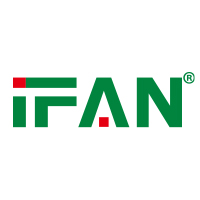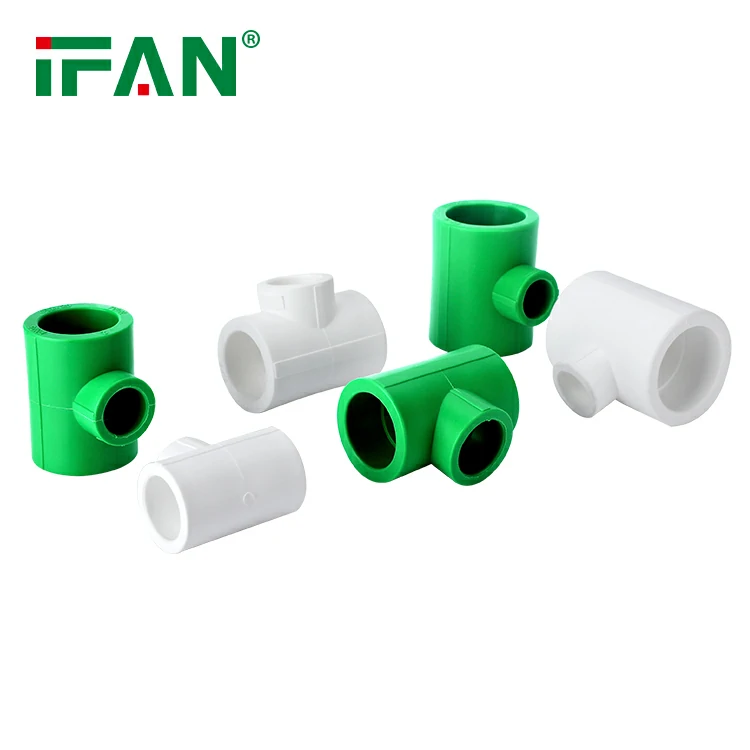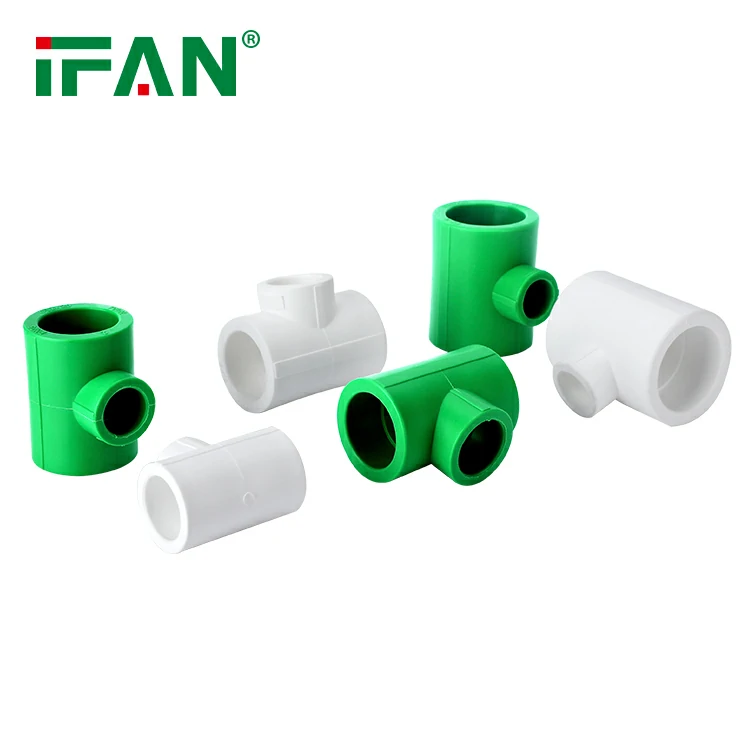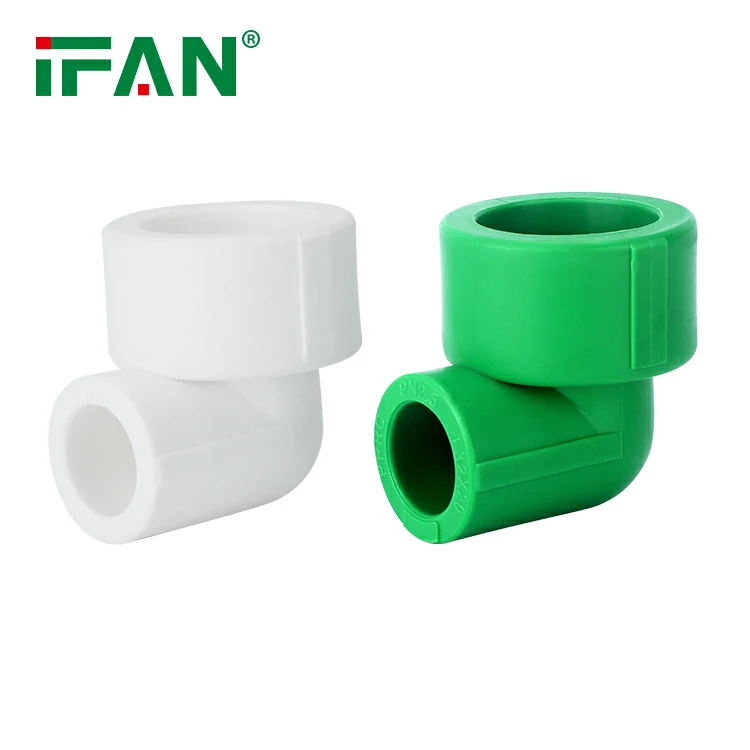Introduction
PPR (Polypropylene Random Copolymer) pipes and fittings have revolutionized the plumbing industry by offering an alternative to traditional materials like copper, steel, and PVC. Known for their durability, resistance to corrosion, and ease of installation, PPR pipes and fittings are now widely used in residential, commercial, and industrial plumbing systems. With growing demand for more sustainable and efficient products, the manufacturing of PPR pipes and fittings has advanced significantly. This article explores how new standards in PPR pipes and fittings manufacturing are setting the stage for improved performance, cost-effectiveness, and environmental sustainability.

What Makes PPR Pipes and Fittings Unique?
PPR pipes and fittings are a top choice for modern plumbing systems due to their numerous advantages. These include:
- Corrosion Resistance: Unlike metal pipes, PPR pipes are resistant to corrosion and scaling, which significantly extends their lifespan and reduces maintenance costs.
- Thermal Resistance: PPR materials can withstand temperatures ranging from -10°C to 95°C, making them suitable for both hot and cold water systems.
- Chemical Resistance: PPR pipes are highly resistant to many chemicals and are commonly used in the transportation of water, chemicals, and liquids in industrial settings.
- Ease of Installation: PPR pipes and fittings are lightweight, which makes transportation and installation easier. Their heat fusion joining technique creates a strong, leak-proof seal.
- Energy Efficiency: PPR pipes offer good insulation properties, which helps in reducing heat loss or gain in hot or cold water systems.
As demand increases, manufacturers are now focusing on enhancing the performance and sustainability of PPR pipes and fittings.
New Manufacturing Standards for PPR Pipes and Fittings
The evolving needs of the plumbing industry and heightened awareness of environmental issues are driving innovation in PPR pipes and fittings manufacturing. Manufacturers are setting new standards to improve the quality, efficiency, and environmental footprint of their products. Key improvements include:
- Advanced Raw Materials: Modern manufacturing techniques use high-grade polypropylene random copolymer (PPR-C) as the primary material for pipes and fittings. These enhanced materials improve the overall strength, flexibility, and thermal resistance of the products. Additionally, many manufacturers are incorporating recycled materials in the production process to reduce waste and promote sustainability.
- Precision Manufacturing Techniques: With the rise of advanced technology, the manufacturing process for PPR pipes and fittings has become more precise. Computer-controlled extrusion and injection molding processes ensure consistent product quality and dimensional accuracy. These precision techniques result in fewer defects, lower scrap rates, and improved product performance.
- Increased Durability: New formulations of PPR materials enhance resistance to high-pressure environments, aggressive chemicals, and temperature extremes. PPR pipes are now available with improved stress-crack resistance and better resistance to UV degradation, extending their lifespan in both outdoor and industrial applications.
- Sustainability Initiatives: The push for greener manufacturing practices has led to the development of eco-friendly PPR products. Manufacturers are increasingly adopting energy-efficient processes and reducing their carbon footprint. Recyclability is another focus, as PPR pipes and fittings are 100% recyclable, allowing for easier disposal and reprocessing at the end of their life cycle.
- Innovative Fittings and Accessories: Fittings and accessories used in PPR systems have also seen significant improvements. New designs allow for better sealing, leak prevention, and ease of installation. Modular fittings systems are being introduced that offer flexibility in assembly, reducing the need for additional tools or expertise.
Benefits of the New Manufacturing Standards
The new manufacturing standards for PPR pipes and fittings offer numerous benefits to both consumers and manufacturers:
- Improved Performance: Advanced raw materials and manufacturing techniques ensure that the products perform better in high-demand environments. Increased resistance to stress, temperature fluctuations, and chemicals makes PPR pipes a preferred option for a wide range of applications.
- Lower Costs: The use of recycled materials, more efficient production methods, and fewer defects mean that the cost of manufacturing PPR pipes and fittings is lower. This, in turn, translates to more affordable products for consumers while maintaining high-quality standards.
- Environmental Sustainability: As awareness grows about the importance of reducing waste, the plumbing industry is embracing environmentally friendly manufacturing processes. The use of recyclable materials, reduced energy consumption, and minimized waste all contribute to a lower environmental impact.
- Longer Lifespan: With improved chemical and thermal resistance, modern PPR pipes and fittings last longer and require less maintenance. This reduces long-term costs for homeowners, businesses, and industries using PPR systems.
- Flexibility in Application: The versatility of modern PPR pipes and fittings allows them to be used in a wide range of environments, from residential homes to complex industrial setups. Innovations in fittings make PPR systems easier to install, modify, and maintain, providing greater flexibility to end-users.
Setting New Industry Standards for the Future
Looking ahead, manufacturers are expected to continue setting new standards for PPR pipes and fittings. Industry players are investing in research and development to explore new materials, production techniques, and environmental solutions. Additionally, digital technologies such as 3D printing and smart sensors are likely to play a role in creating even more advanced, customized solutions.
The introduction of stricter industry regulations around sustainability and performance will also push manufacturers to innovate further. With more demand for high-quality, long-lasting, and environmentally friendly products, the PPR pipe and fittings industry is poised for continuous growth and development.
Conclusion
The new standards in PPR pipes and fittings manufacturing are setting the stage for a future where plumbing systems are more durable, cost-effective, and environmentally friendly. As technology advances and sustainability becomes increasingly important, PPR pipes and fittings will continue to evolve to meet the demands of both residential and industrial applications. By adopting advanced materials, precision manufacturing techniques, and eco-friendly practices, the PPR pipe industry is creating solutions that will shape the plumbing systems of tomorrow.
FAQs
- What are PPR pipes and fittings?
PPR pipes and fittings are made from polypropylene random copolymer, a durable and corrosion-resistant material used in plumbing systems for both hot and cold water transport. - Why are PPR pipes more popular than traditional materials?
PPR pipes are preferred for their resistance to corrosion, chemical exposure, and extreme temperatures. They are also lightweight, easy to install, and offer cost-effective long-term solutions. - What are the benefits of using recyclable materials in PPR manufacturing?
Using recyclable materials reduces waste, lowers the carbon footprint of manufacturing processes, and promotes sustainability by allowing for the reuse of resources at the end of the product’s lifecycle. - What is the impact of advanced manufacturing techniques on PPR pipes?
Advanced manufacturing techniques improve product precision, reducing defects, ensuring better quality control, and increasing the durability and performance of PPR pipes and fittings. - Are PPR pipes suitable for industrial applications?
Yes, PPR pipes are highly suitable for industrial applications due to their excellent chemical and thermal resistance. They can be used in a wide range of environments, including high-pressure systems and harsh chemical transport.





